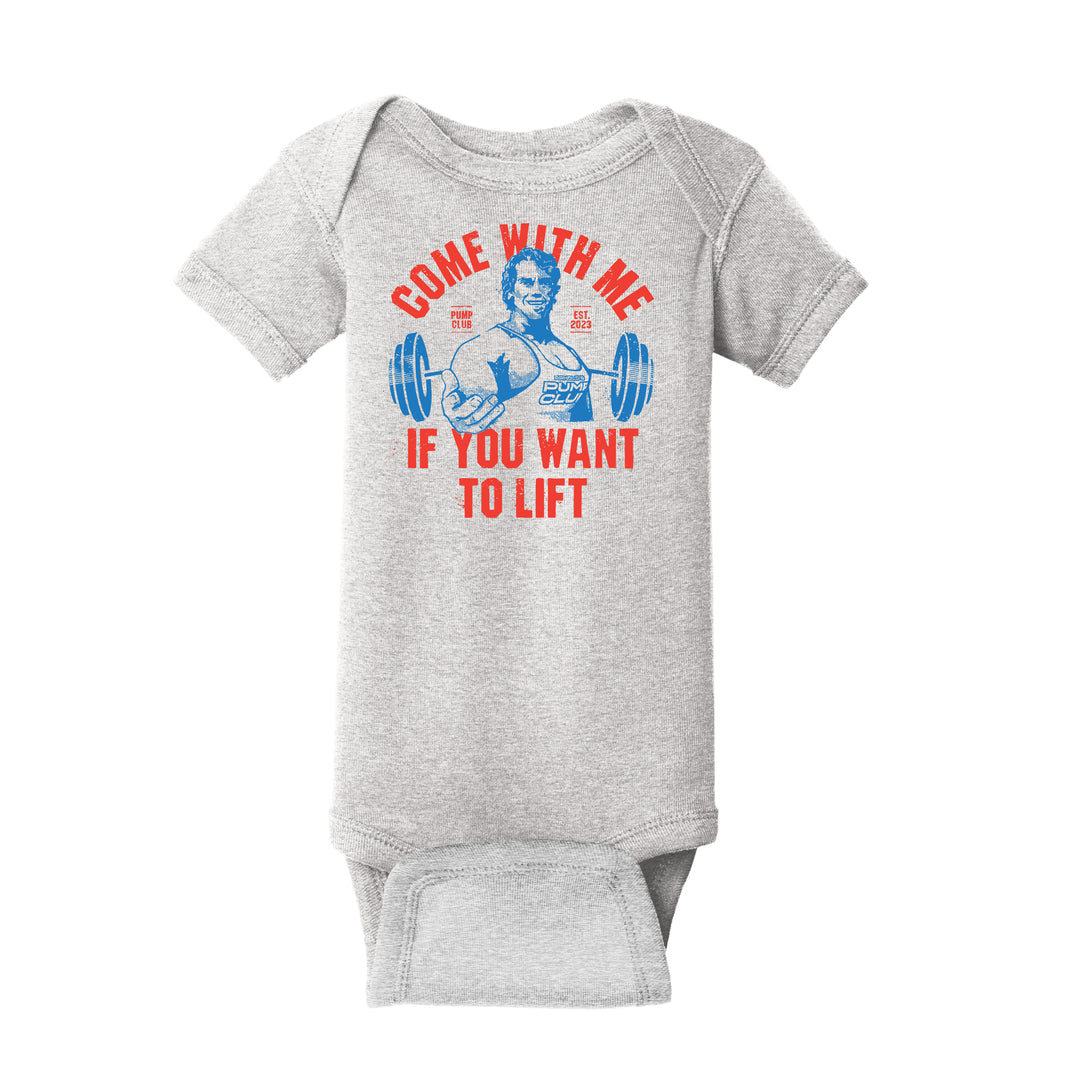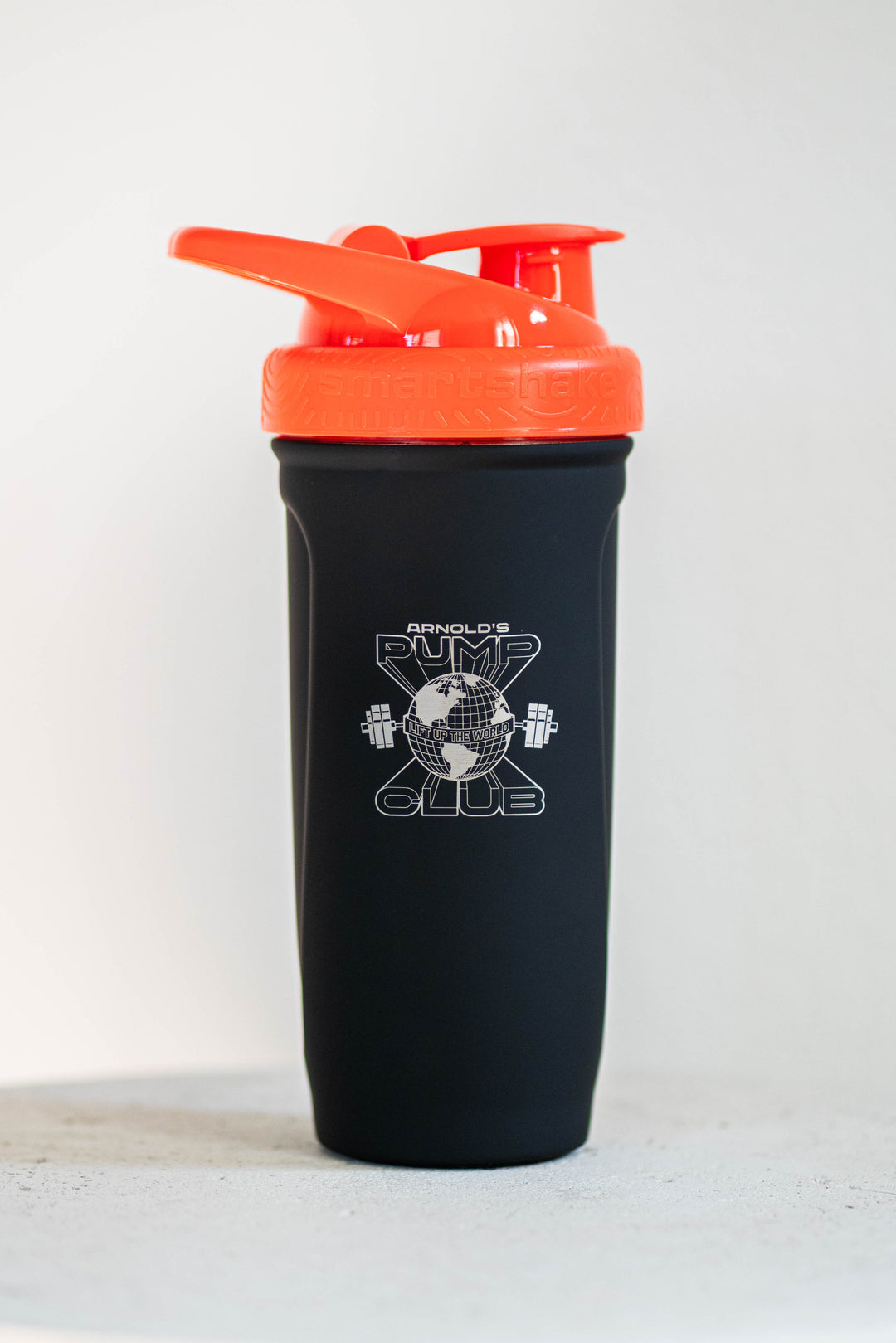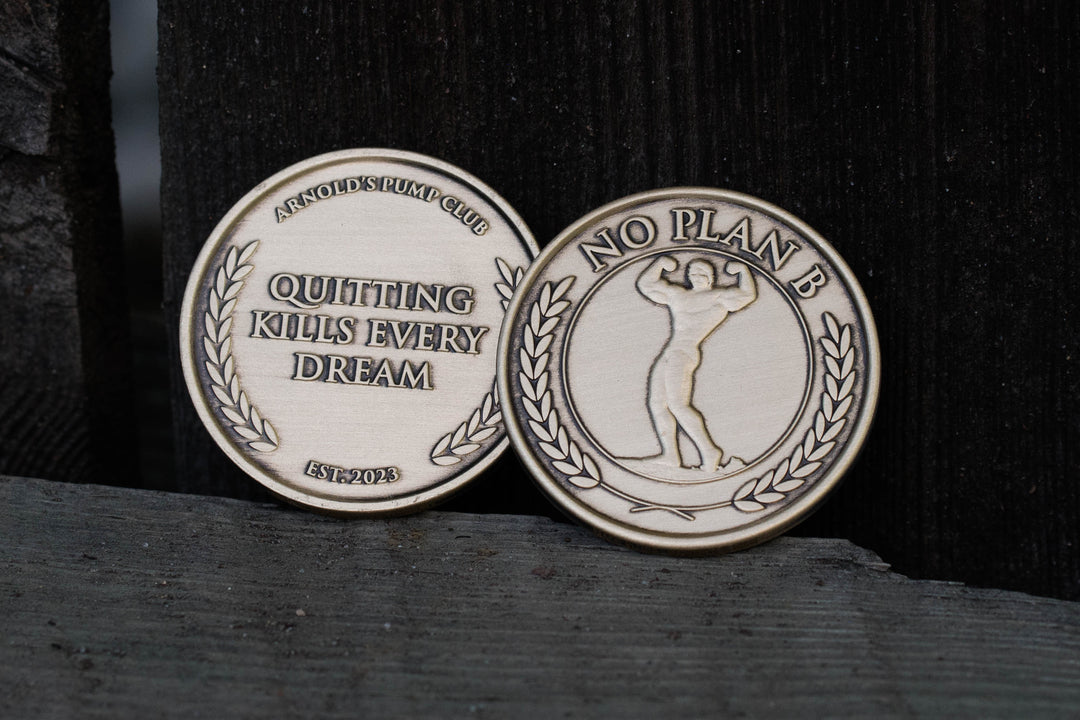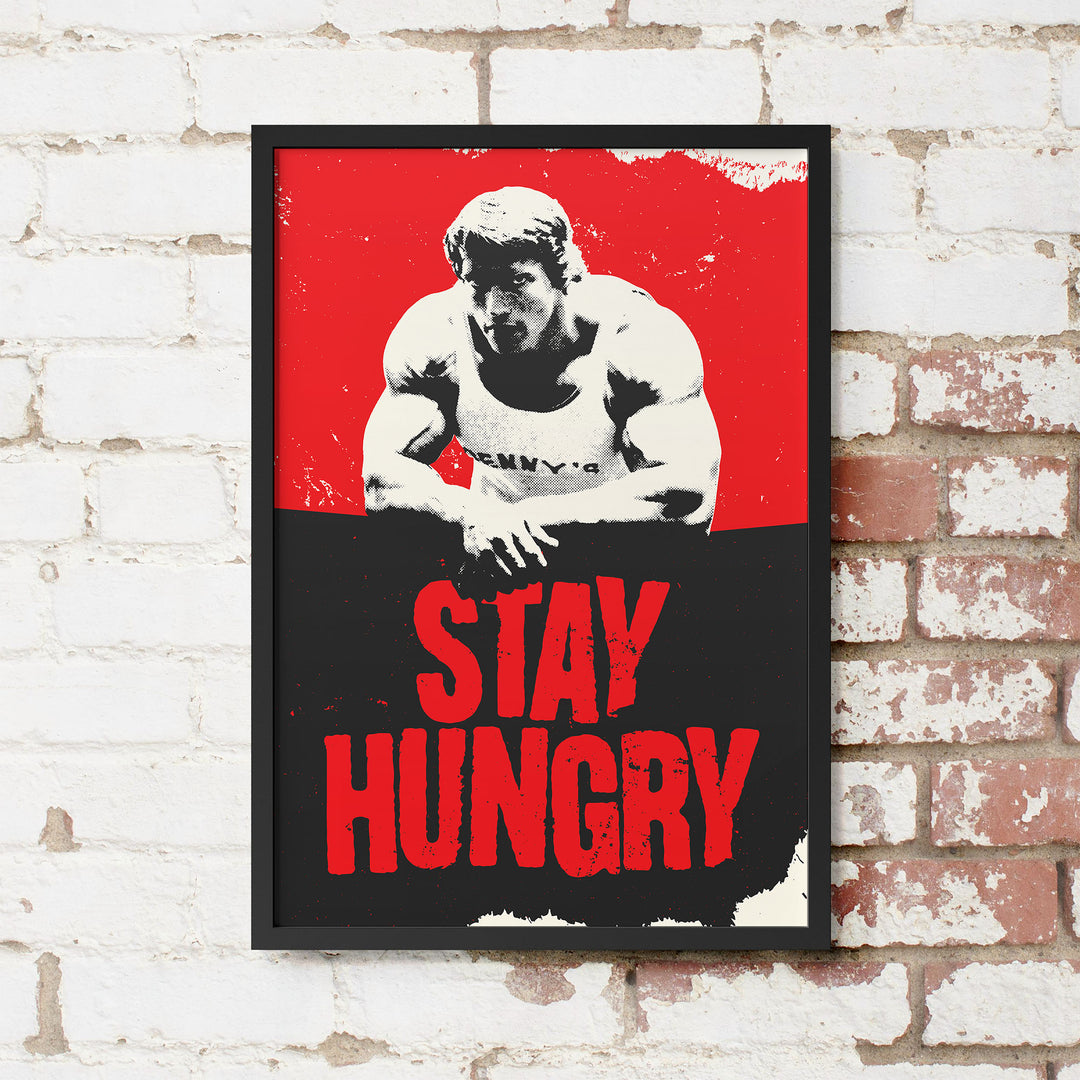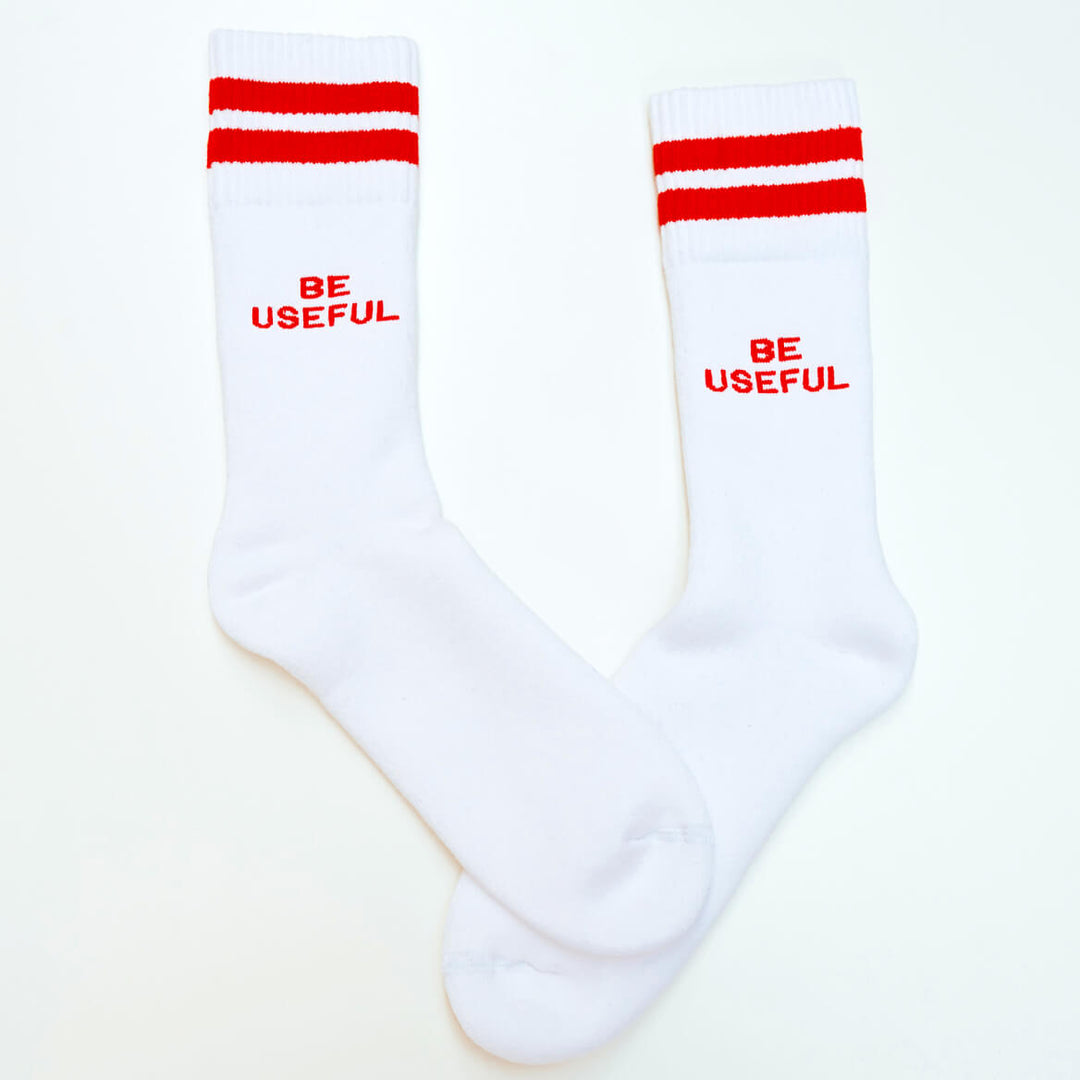Welcome to the positive corner of the internet. Here’s a daily digest designed to make you healthier in less than 5 minutes. If you were forwarded this message, you can get the free daily email here.
Today’s Health Upgrade
The wearable paradox
How to spark your creativity
A simple sleep solution
Want more stories from Arnold? Listen to Arnold's Pump Club podcast. It's like the daily newsletter, but with additional narration and thoughts from Arnold. You can subscribe on Apple, Spotify, Google, or wherever you listen to podcasts.
The Wearable Paradox
With the exception of Skynet, we think machines can do a lot of good (as long as you’re not addicted to them). But, research suggests that your wearable fitness devices might not be doing a good job of changing your habits.
Studies suggest that people who wore fitness trackers for 18 months lost less weight and moved less than those who didn’t wear them.
Does this mean that trackers don’t help anyone? Not at all. You might wear one and see improvements. One review found that people who wore Fitbits had positive outcomes, but there was a big catch: the people with the best results received additional content and support, which helped with habit change. And those without guidance struggled more.
A 20-year review found that people, on average, walk 1,000 steps fewer per day, despite wearables being a $40 billion industry.
If you want to move more, an app can help you measure progress, but make sure you change your mindset and have a support system that fits your lifestyle. Whether or not you use machines, here are four techniques to help you progress.
1) Find your intrinsic motivation. This is about having a deeper “why” for movement. Exercise isn’t about hitting a number; it’s about doing something meaningful to you, such as living a longer life, feeling happier, or being able to play with your kids. For Arnold, it was a gateway to his bigger goal of Hollywood. What’s your vision?
2) Drop the “screw up” mentality. When you don’t hit your goal, don’t worry about it. Every day doesn’t have to be a personal best. You just need to show up, do something, and then try to get a little better each week — not every day.
3) Lean into support. The cliche is true: “If you want to go fast, go alone; if you want to go far, go together.” Go for walks with your friends or have training partners. Arnold has his friends bike with him to the gym each day.
4) Set a realistic schedule…and then progress. If your goal is to move 60 minutes per day, don’t start at the end. Begin with something you can do repeatedly, such as 15-minute walks. Once you can do that consistently 80 percent of the time, add more time or multiple walks. The same applies to your workouts. Progressive resistance is about doing a little bit, showing up, and then getting better the next time. Over time, it all adds up!
Spark Your Creativity
The next time you feel stuck or out of good ideas, we want you to try something new. Instead of pouring more coffee, staring at a blank cursor on your screen, banging your head against your desk, or just procrastinating — science suggests there’s an easy way to jumpstart your brain.
If you need a creative spark or more clarity, step outside for a 20-minute walk.
You might have been hoping for a magic pill, but this approach is much more effective and has more evidence to back it up. Scientists found that 20 minutes of outdoor movement improves convergent and divergent thinking, which are the foundations of problem-solving and creativity. Being outdoors appears to jumpstart your convergent thinking, which is when you can focus and find a solution that works in most scenarios. And exercise sparks divergent thinking, which is your ability to come up with unique or creative approaches to a problem.
If you can’t get outside, a 15-minute movement break can still do the trick and is associated with less stress, more inventiveness, and better productivity.
A Simple Sleep Solution
Do you struggle with your bedtime routine? Simply adjusting when you eat your last meal of the day could be the habit change that improves your rest.
Research suggests that the timing of your last meal can either improve or disrupt the quality of your sleep — depending on how close it is to your bedtime.
One study found that people who ate within an hour of sleeping were twice as likely to wake up in the night and had lower-quality rest. More importantly, sleep disruptions were linked to a higher likelihood of shorter or longer sleep durations. This happens when sleep problems disrupt your normal circadian rhythms, leading to unnatural sleep durations. Research suggests that sleeping 7 to 9 hours per night is the “sweet spot.” But, if you consistently sleep less than 6 hours or more than 10 hours, you increase the likelihood of a heart attack.
A helpful rule of thumb in my book is creating a “closed kitchen” time. Research suggests that boundaries can help prevent mindless eating, which is part of the reason calories add up and you experience disrupted sleep. Try having your last meal approximately two hours before you sleep. When you have that gap between your final meal and bedtime, you’re more likely to fall asleep easier, wake up less in the night, improve sleep quality, and boost your overall recovery.




























